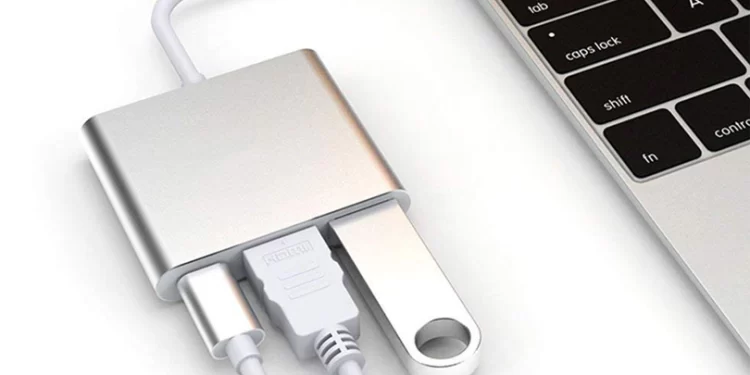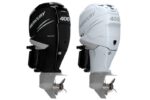All About USB-C

The ‘universal Serial Bus’ (USB), a standard for linking devices, phones, printers, scanners, and other peripherals has been in existence for close to 25 years. There have been many developments over that time.
The communications standard went from USB 1.0 to USB 2, to USB 3, and now to USB 4, each moving faster than the last version. Mechanically speaking, the same rectangular Type-A connector has remained the same for many years without being updated. However, this is changing with USB Type C.
Let’s discuss the USB-C connector. What are the latest developments?
A Brief History Of USB
Although the initial USB specification was released in the middle of 1996, the first commercially viable computer to use USB was still the original iMac.
The iMac was a hit, even though most of the computer press laughed at the idea of putting this port with little support on new computers. It came with a USB.
The specification was designed by the USB Implementers Forum or USBIF. It is made up of more than 700 companies. The list has heavyweights like Apple and Samsung. They also helped push USB adoption early on.
USB has advanced over the years, and the most recent version is now faster than the original.
Types Of USB Connectors
You are probably familiar with USB Type-A connectors. This is the original rectangular USB connector. It has been plugged into almost all computers in the past 20 years.
These connectors may seem symmetrical. However, they only fit into the plug in one way. This made it difficult to connect them, especially if you tried to plug something into the back of your laptop where you couldn’t see what was happening.
The USB Type B connector was located at the end of many older cables. It was the rectangular connector that plugged into scanners and printers.
As smartphones and digital cameras became smaller, the Type B connector stopped working and the USB Micro and USB Mini connectors were made to fit much more space.
But they were still difficult to attach. They were only compatible in one direction. Their smaller size made the task even more difficult.
That is all changed by the USB Type C connector. It’s a reversible connector that fits no matter which side of the USB Type-C connector is ‘up,’ so you can always be ‘first-time-right.
USB-C’s Benefits
Although it may sound simple, the reversible USB-C design has many advantages. The reversible design makes it easier to connect and virtually eliminates any risk of damaging the cable.
USB-C also supports high bandwidth applications like high-resolution displays and high-speed external storage. This feature is available through Apple’s Thunderbolt 3 specification.
USB-C offers several benefits over previous versions. This standard can deliver up to 100W of power, so you can fast-charge all your devices and computers through the USB C port. PD, an intelligent system, also asks your smartphone, laptop, or monitor for the voltage and power they require. It then delivers this voltage and power in a safe, reliable, and quick manner.
PD is more flexible than the old system, which was prone to a lot of cables. You have two options: you can either set up your devices in serial or central configurations. This allows you to connect smartphones to recharge them. Then, you can charge them up by plugging them into a charger or wall socket. Don’t worry about multi-output AC converter strips. You won’t be using them to power office equipment.
Requirements For Using The USB Type C Plug
Many modern phones, tablets, and laptops already use USB C. But it’s worthwhile to check if there are USB-C connections on your device or any other devices.
Check your power requirements to ensure power delivery. PD can deliver up to 100W, which will be more than most laptops require. A USB-C fast charger can be used for any number of devices.
Another benefit of USB-C is that it can be added to your system whenever you want, just like you would new hardware. You can still use your HDMI connection for your monitor. Many adapter hubs allow you to connect your legacy devices, and also charge your smartphone or laptop until it’s time to move up.






